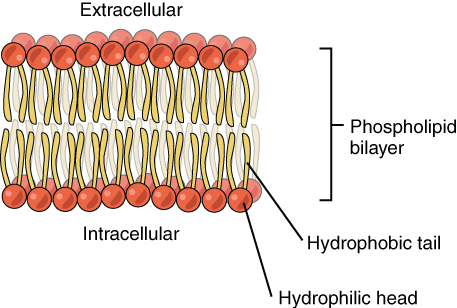


Whatever your area of interest, here you’ll be able to find and view presentations you’ll love and possibly download. It has millions of presentations already uploaded and available with 1,000s more being uploaded by its users every day. Example: Printer ink, gypsum paste etc.Q. is a leading presentation sharing website.

A fluid, whose viscosity changes with the rate of deformation or shear stain is known as Example: Printer ink, gypsum paste etc.Q. Thixotropic: M aterials whose viscosity decreases when sheared at a constant rate over time.Example: Suspension of corn starch in water and candy compounds etc. This type of behavior is sometimes called shear-thickening. Dilatant: M aterials whose viscosity increases as the shear rate increases.Example: Cake batter, agar-agar and fruit juice concentrates, nail polish etc. This type of flow behavior is sometimes called shear thinning.

Pseudoplastic: Materials whose viscosity decreases as the shear rate increases.Non-Newtonian fluids can be categorized into four types based on the way a fluid’s viscosity changes in response to variations in shear rate. Non-Newtonian fluids do not follow Newton’s law thus, their viscosity (ratio of shear stress to shear rat e) is not constant and is dependent on the shear rate. The viscosity is independent of the shear rate. Newtonian fluids obey Newton’s law of viscosity. The ratio of shear stress to shear rate is a constant, for a given temperature and pressure, and is defined as the viscosity or coefficient of viscosity. Newton’s law of viscosity defines the relationship between the shear stress and shear rate of a fluid subjected to a mechanical stress. Attempt All sub parts from each question.Newtonian and non-Newtonian fluid: Viscosity is the physical property that characterizes the flow resistance of simple fluids.


 0 kommentar(er)
0 kommentar(er)
